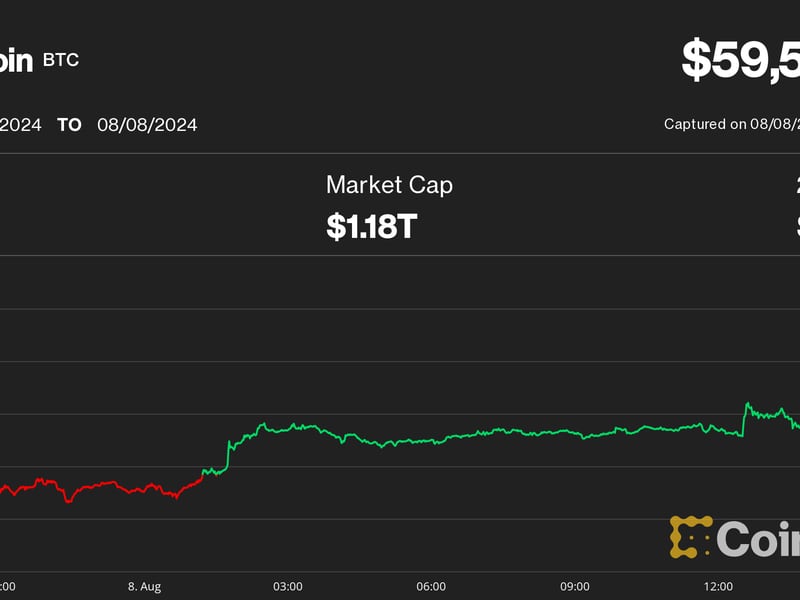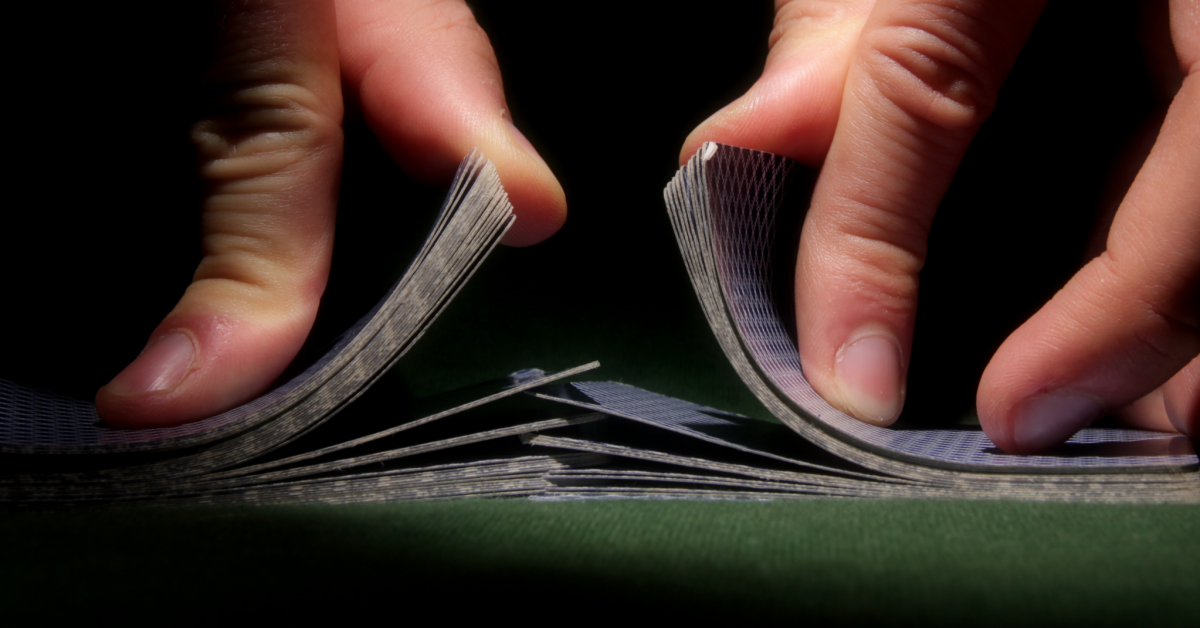Fed Officials See Anemic Inflation Despite Trillion-Dollar Money Injections
Federal Reserve Chairman Jerome Powell (Credit: Wikimedia Commons)
Federal Reserve officials see U.S. inflation as likely to stay below 2% over the next three years, based on a new summary of economic predictions released Wednesday by the central bank.
Prices for personal consumption expenditures are expected to climb just 1% this year, down from a December projection of 1.9%, according to the document. Inflation will average 1.5% next year and 1.7% in 2022, the officials projected.
“Weaker demand and significantly lower oil prices are holding down consumer price inflation,” the Fed’s monetary-policy committee said Wednesday at the conclusion of a two-day, closed-door meeting.
The Fed made no change to its benchmark interest rate, now set in a range from 0% to 0.25%, and officials projected no hikes through the next three years. The officials saw U.S. gross domestic product falling 6.5% this year before a 5% increase in 2021 and 3.5% growth in 2022.
The central bank pledged to continue its purchases of Treasury bonds and other securities “at least at the current pace to sustain smooth market functioning.”
The revised inflation expectations show that officials see little threat of runaway inflation despite the central bank’s trillion-dollar money injections to stabilize markets and heal an economy devastated by the coronavirus and related lockdowns.
Bitcoin prices have surged 36% this year, partly on expectations that the largest cryptocurrency by market value might serve as a hedge against inflation. Economists including Steve Hanke of Johns Hopkins University have written that hyperinflation episodes in Zimbabwe, France and elsewhere have historically occurred when “when the supply of money had no natural constraints.”
The Federal Reserve has expanded its balance sheet by about $3 trillion this year to $7.2 trillion as of last week. Prior to the 2008 financial crisis, the central bank had less than $1 trillion of total assets.
Yet, so far inflation has remained muted. Rising unemployment tamps down wage growth and flagging consumer demand reduces upward pressure on prices for goods and services.
A report earlier Wednesday from the U.S. Labor Department showed another closely followed inflation gauge, the consumer price index, or CPI, climbed just 0.1% over the past 12 months, partly due to this year’s collapse in oil and other energy-related costs.
Excluding food and energy items, the so-called core CPI climbed just 1.2% over the past year, less than half the rate of just a few months ago.
The core inflation reading is the weakest since 2011, Scott Anderson, chief economist at the French bank BNP Paribas’ Bank of the West unit, wrote Wednesday in an email.
“Our forecast is for core consumer price inflation to continue to moderate year-on-year into early 2021 before turning the corner on reviving growth,” he wrote.
Disclosure
The leader in blockchain news, CoinDesk is a media outlet that strives for the highest journalistic standards and abides by a strict set of editorial policies. CoinDesk is an independent operating subsidiary of Digital Currency Group, which invests in cryptocurrencies and blockchain startups.








